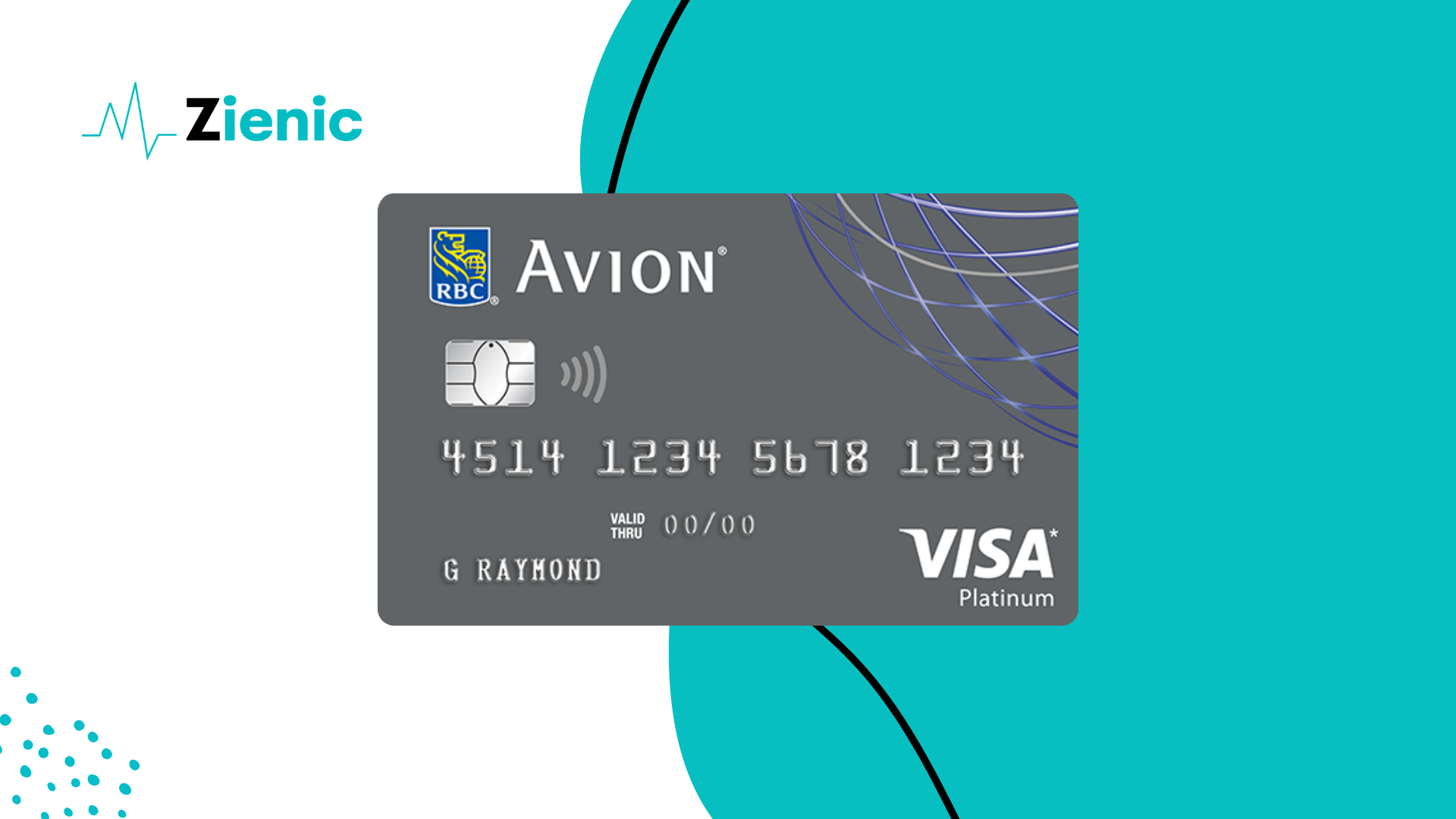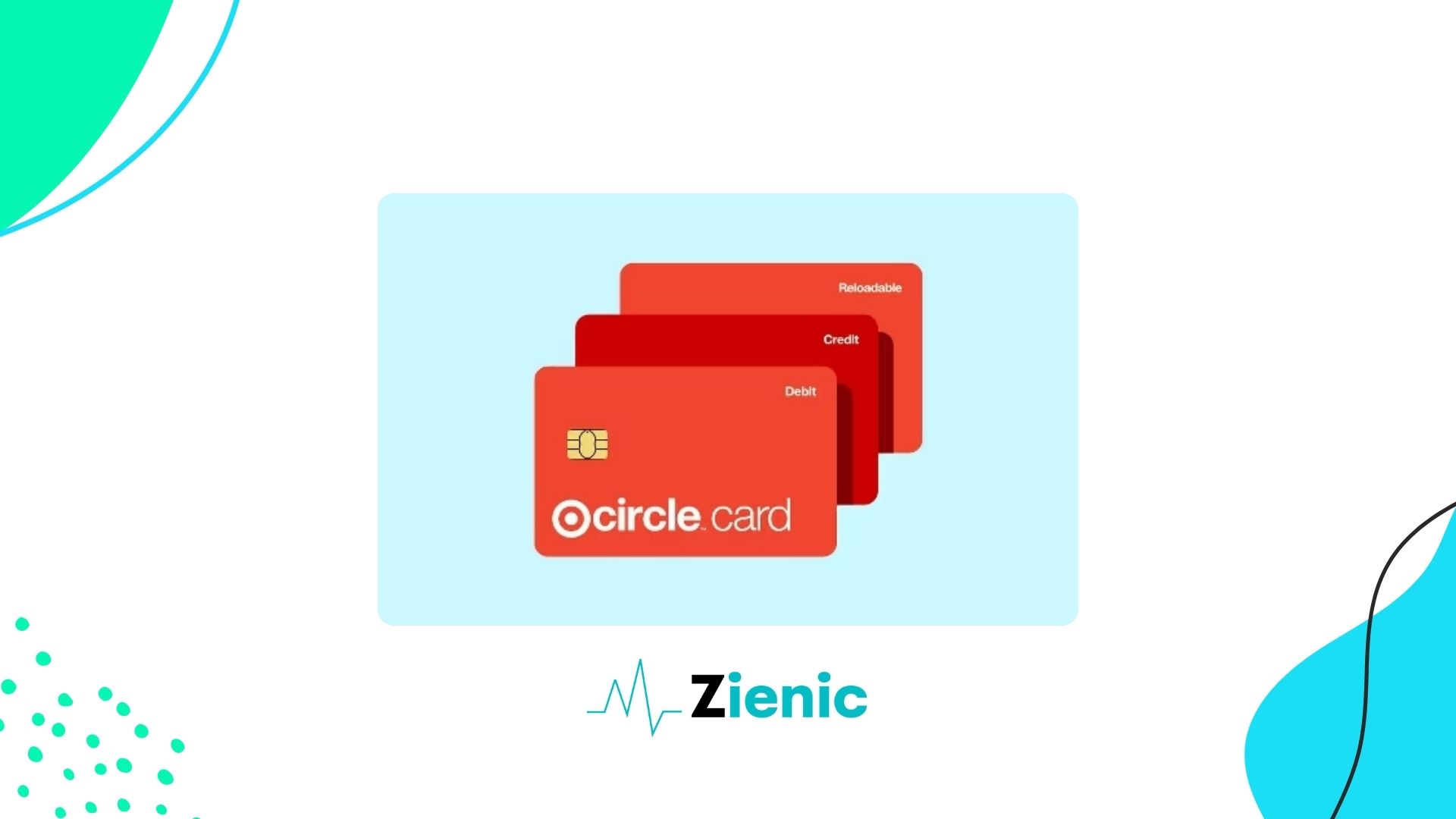Entering into an open adoption process is a big decision that can have a major impact on the lives of everyone involved. Whether you are an expectant parent considering placing your child for adoption or an adoptive parent eager to welcome a new member into your family, it is important to understand the dynamics of open adoption. In this comprehensive guide, we dive into the nuances of open adoption and provide insights, advice, and resources to navigate this complex yet rewarding process.
Learn More About Open Adoption
Open adoption is a unique method that allows continuous contact and communication between biological parents, adoptive parents, and the adopted child. Unlike traditional closed adoptions, open adoptions promote transparency and a sense of connection between all parties. This can take many forms, from the occasional exchange of letters and photographs through an intermediary to regular personal visits.
Benefits of Open Adoption
One of the most important benefits of an open adoption is that the child gains a clear understanding of his or her roots and identity. Maintaining a relationship with birth parents can provide valuable insights and answers to questions that may arise as a child grows. Additionally, an open adoption allows birth parents to witness their child’s growth and happiness, providing a sense of peace and security.
Start-up Process
- Education and consultation: Before we commit to public adoption, it is critical that all parties involved inform themselves about the process. Seek guidance from an adoption agency, attend a support group, and consider counseling to deal with the emotional aspects of the journey.
- Setting Boundaries: Clear communication and setting boundaries are critical to open adoption. Define a level of contact that everyone feels comfortable with and ensure expectations are aligned from the start.
- Legal Considerations: Understand the legal issues surrounding open adoption in your jurisdiction. Work with experienced professionals to ensure that all necessary legal requirements are met and that the rights and responsibilities of all parties involved are protected.
- Build Healthy Relationships: Cultivate healthy relationships by prioritizing empathy, understanding, and open communication. Building trust between birth parents, adoptive parents, and the adopted child is critical to the success of an open adoption.
Open Adoption Resources
To further support individuals with open adoption, there are a number of online platforms, books, and support groups available. Connecting with others who have experienced open adoption can provide valuable insights and a sense of community.
Embrace Diversity with Open Adoption
- Celebrate diversity: Public adoption often involves individuals with different backgrounds and experiences. Embrace and celebrate this diversity as it enriches the lives of children through cultural perspectives, traditions, and family connections. Encourage open dialogue about heritage, tradition, and the importance of respecting everyone’s unique identity.
- Continuous communication: Open adoption is an ongoing process that requires constant communication and flexibility. As children grow older, their understanding of adoption may change, creating new questions and emotions. Maintain open lines of communication to ensure that all parties feel comfortable expressing their thoughts, concerns, and joys throughout the child’s life.
Solve Problems of Common Interest
- Dealing with misunderstandings: Public adoption can face misunderstandings or judgments from people unfamiliar with the process. Educate friends, family, and the wider community about the benefits of open adoption, dispel misconceptions, and create a supportive environment for everyone involved.
- Dealing with challenges: As with any family dynamic, there can be challenges during the open adoption process. These challenges must be addressed with resilience, empathy, and commitment to children’s well-being. Seek professional guidance if necessary and remember that open communication can often resolve misunderstandings.
Share Success Stories
To inspire and reassure those considering or currently involved in public adoption, please consider sharing success stories within the community. Highlights the positive experiences of birth parents, adoptive parents, and adopted children who thrive in open adoption relationships. These stories can provide encouragement and guidance to others walking a similar path.
Conclusion
Navigating open adoption requires a combination of education, communication, and a commitment to the child’s well-being. By embracing diversity, solving problems, and sharing success stories, individuals involved in open adoption can create a supportive and nurturing environment. Remember that open adoption, at its core, is about a shared commitment to providing the child with love, stability, and the opportunity to grow up in a family that transcends biological ties.
FAQs
1. What is open adoption?
An open adoption is a form of adoption that allows ongoing contact and communication between biological parents, adoptive parents, and the adopted child. It promotes transparency and connection, from occasional letters and photos to regular face-to-face visits.
2. What are the benefits of open adoption for the child?
Open adoption gives children a clear insight into their roots and identity. It allows them to maintain a relationship with their biological parents, providing valuable insights and answers to questions that may arise as they grow up.
3. What are the different forms of public adoption?
Public adoption can take many forms, depending on the preferences of the parties involved. This may include letters, photos, emails, phone calls, or personal visits. The degree of openness depends on the agreement and comfort level of both parties.
4. How do I inform myself about open adoption?
Start by contacting an adoption agency, attending a support group, and considering counseling to address emotional issues. Online resources, books, and contacts with individuals who have experienced open adoption can also provide valuable insights.
5. What legal considerations are important for an open adoption?
It is critical to understand the legal aspects of open adoption. Work with experienced professionals to ensure that all legal requirements are met and that the rights and responsibilities of all parties involved are protected.



